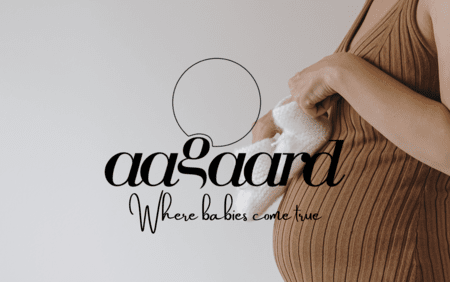Endometriosis
Endometriosis is a painful and chronic condition that affects 2-4% of all women (of child-bearing age).
During child-bearing age, one or more eggs mature in the ovaries every 28 days or so. While the egg is maturing, a mucous lining will be developing in the uterus. It’s in this lining that a fertilized egg can burrow itself. But if no egg is fertilized that month, the lining simply perishes. It’s then expelled along with the egg as menstrual bleeding.
In women who have endometriosis, there’s tissue outside the uterus similar to the tissue inside the uterus. For instance on the ovaries, fallopian tubes, the ligaments that keep the uterus in place, bladder, bowels, or in the area between vagina and rectum. When the egg matures, this tissue will grow just like the tissue in the lining of the uterus. But unlike this lining, which is expelled during your period, the blood from the tissue outside the uterus (endometriosis) cannot be expelled. So instead it bleeds into your abdomen. And that can cause scarring and adhesions in the reproductive organs.
Symptoms
The most common symptoms include:
- Painful periods
- Pain at ovulation
- Pain during or after sex
- Heavy and irregular periods
- Painful bowel movements or urination during periods
- Infertility
Treatment
To find out if you’ve got endometriosis, we’ll perform a keyhole examination of the pelvis (a laparoscopy). This enables the specialist to spot any endometriosis on the lining of the abdominal wall, ovaries and fallopian tubes. Using a keyhole examination of the bladder (a cystoscopy), we can see if there’s any endometriosis in your bladder. During the examination we’ll take some samples of tissue, which will be sent to the Aarhus University Department of Histopathology for further analysis. You’ll get the results of the tests about 14 days later.
If your symptoms are fairly mild, taking some painkillers (e.g. paracetamol) during your period may be enough.
In some cases you could benefit from hormone treatment, e.g. the Pill. This treatment works by preventing ovulation.
If you have cysts, scar tissue or adhesions in your ovaries or fallopian tubes, or if there’s endometriosis in the abdominal wall or the wall between vagina and rectum, an operation may be the best solution.
